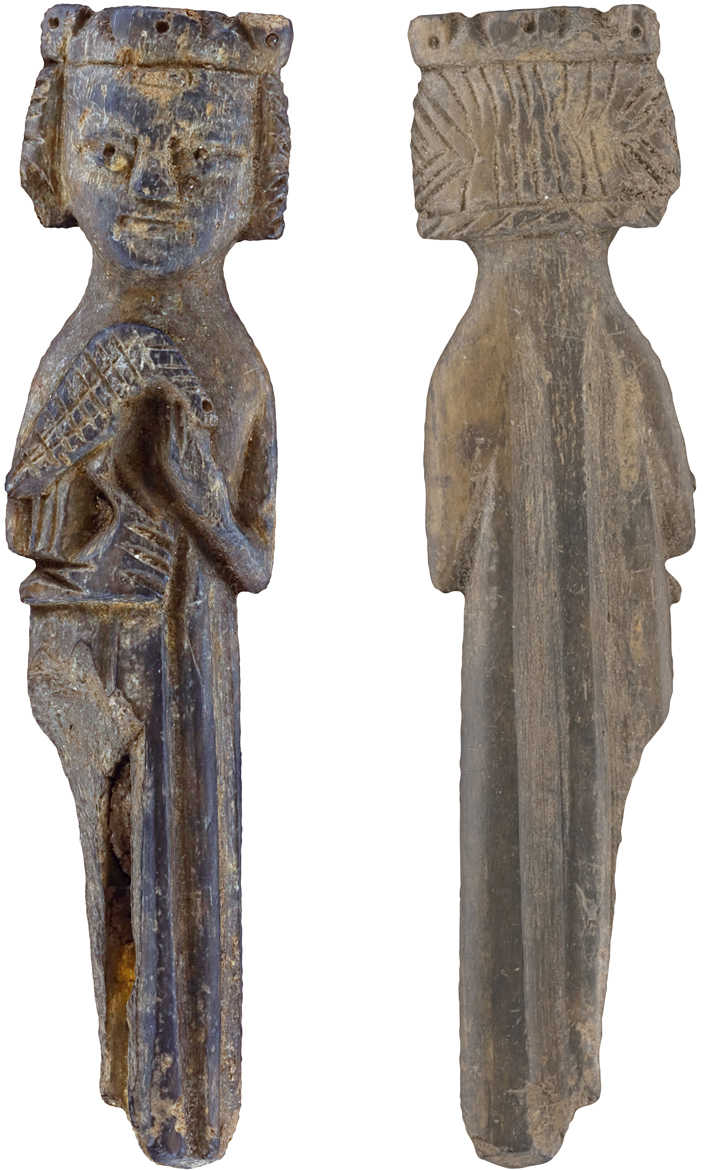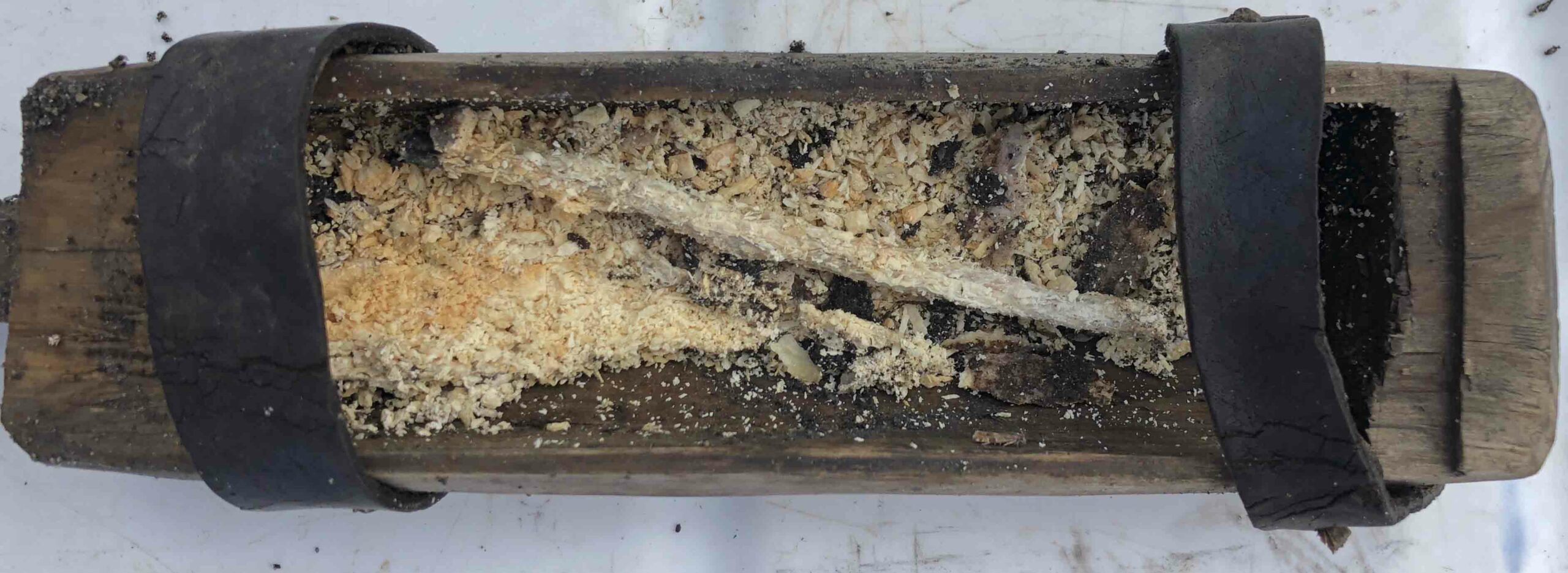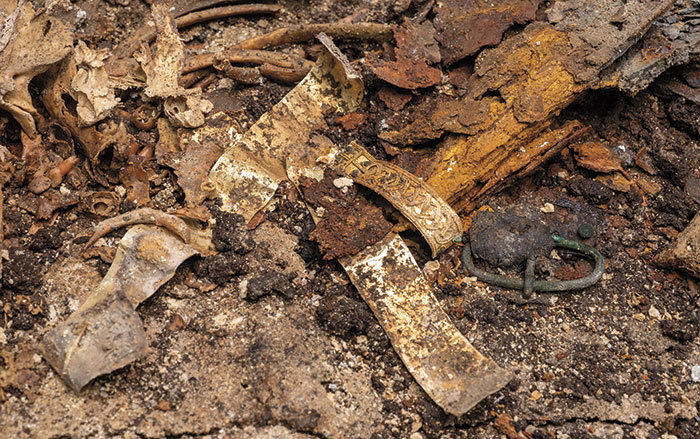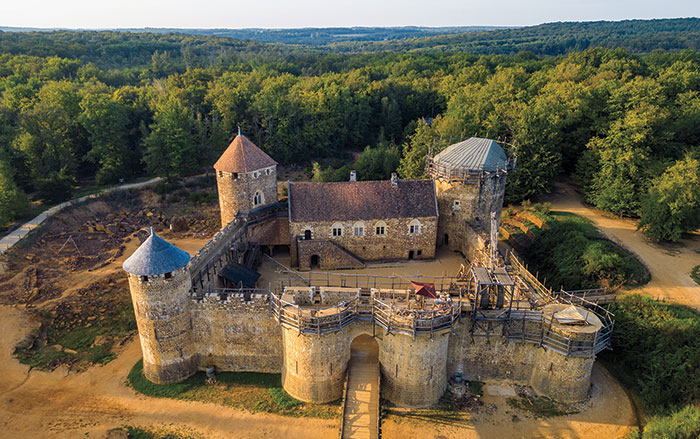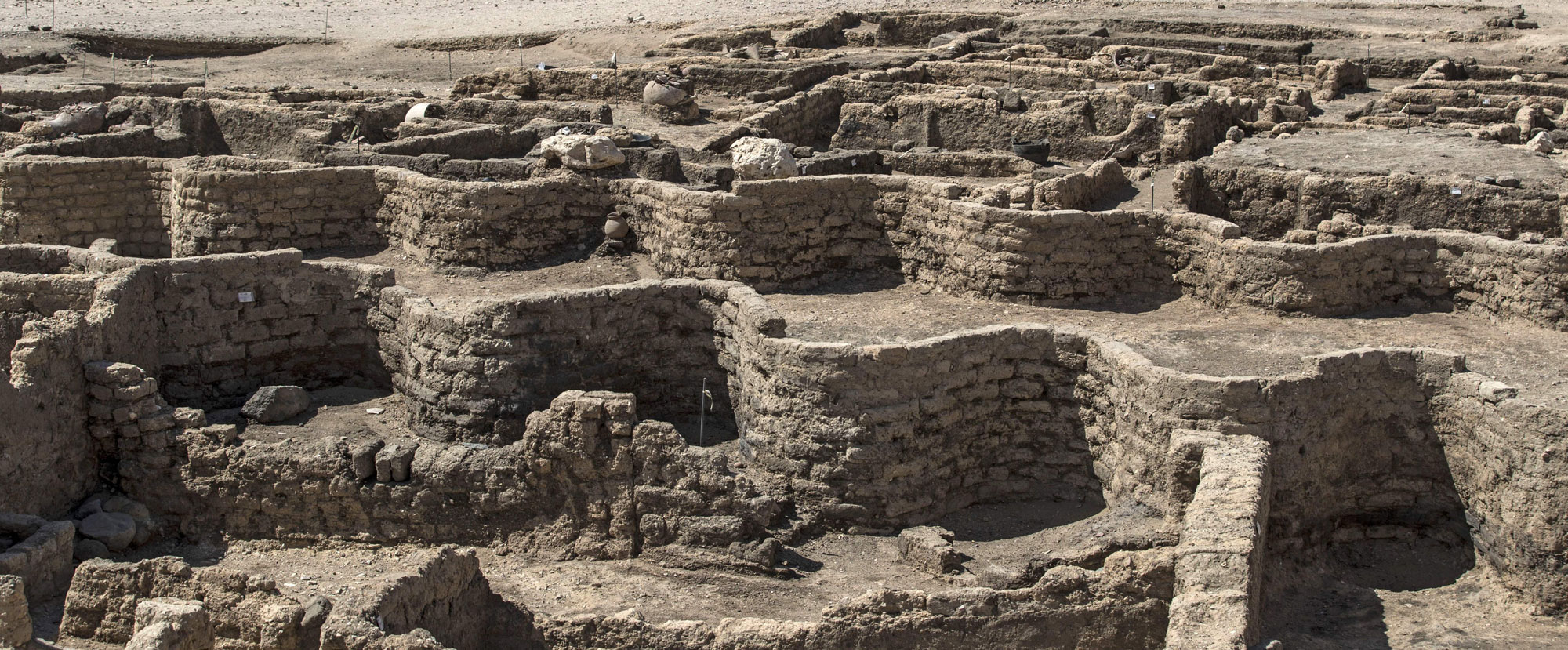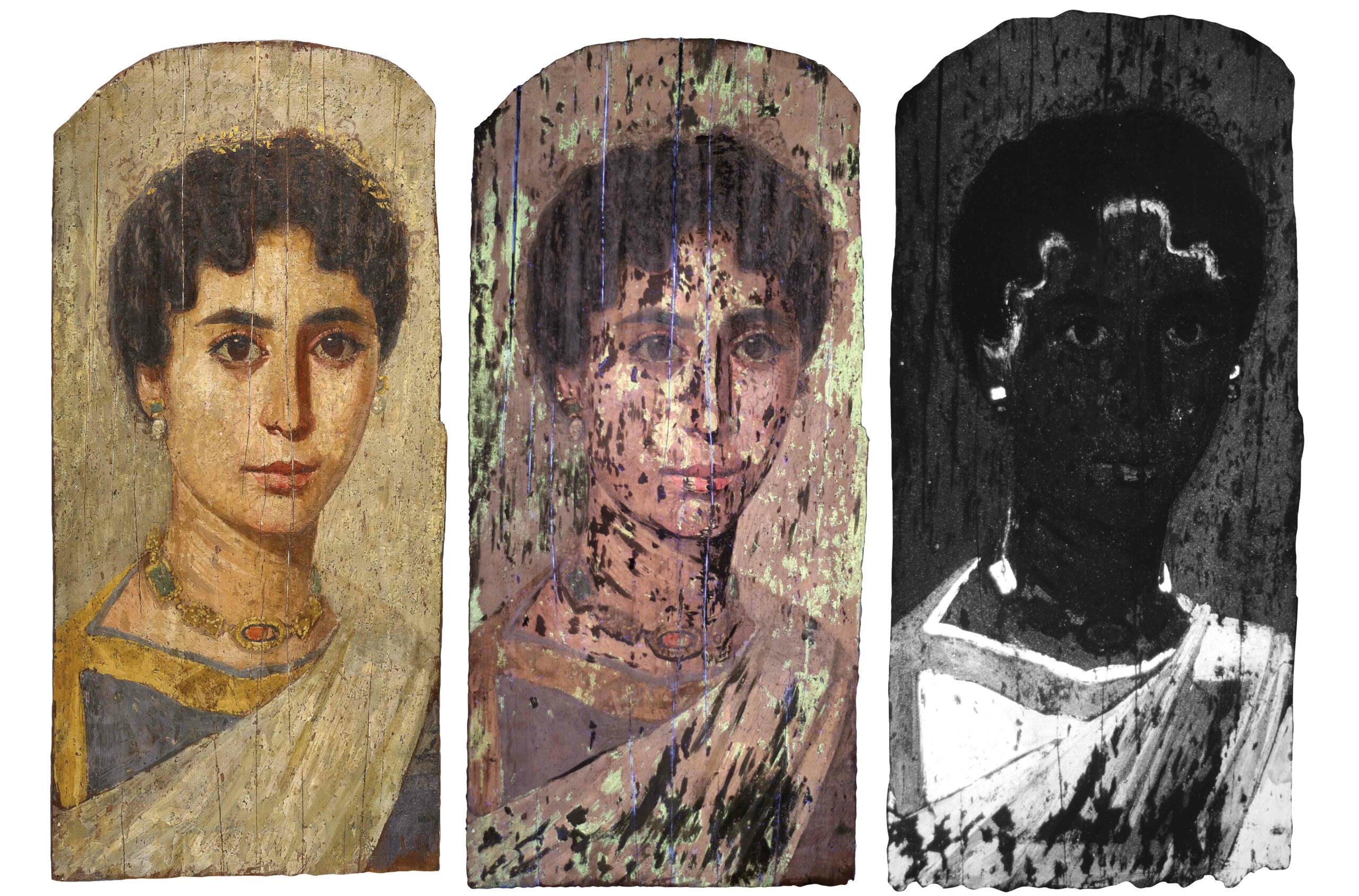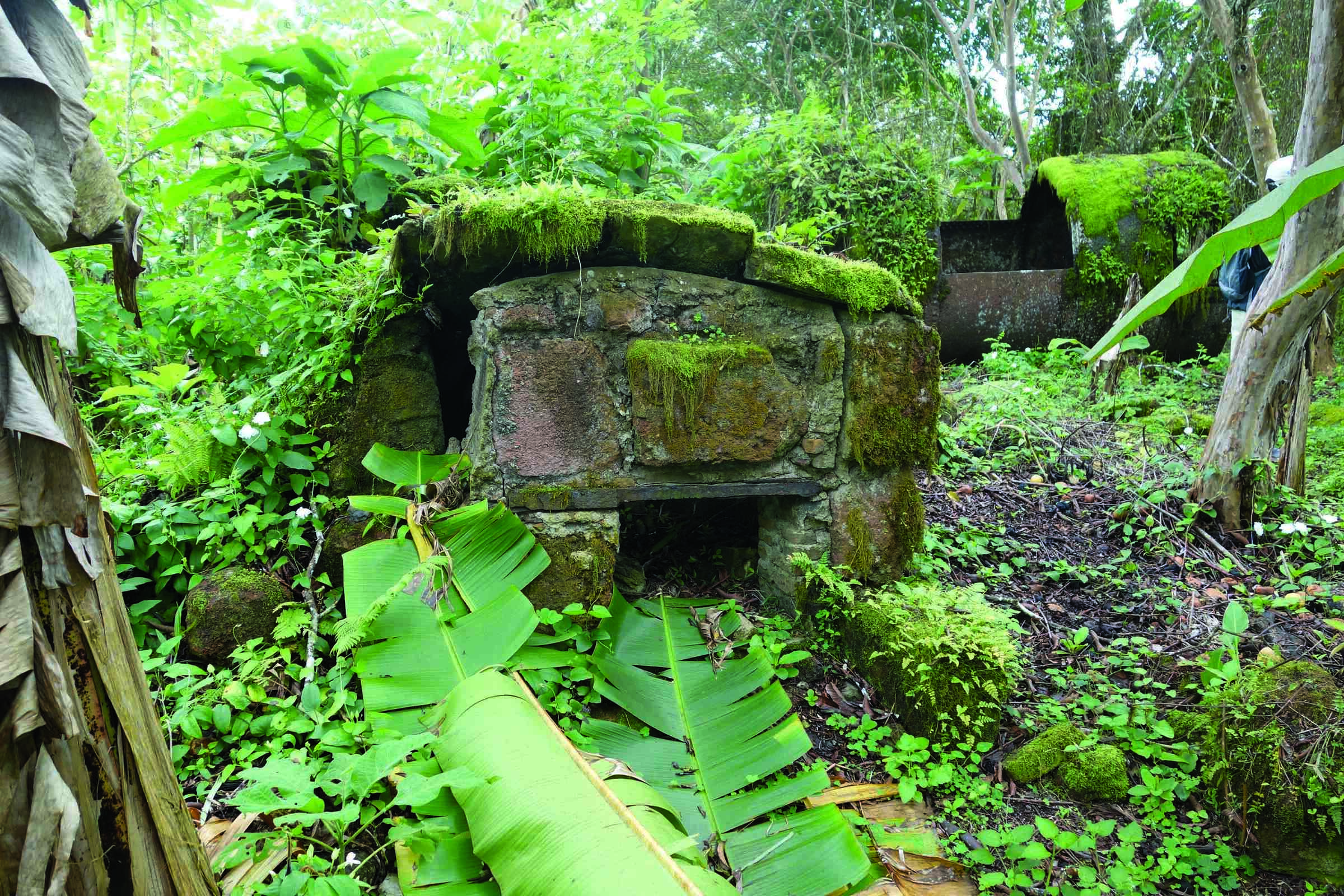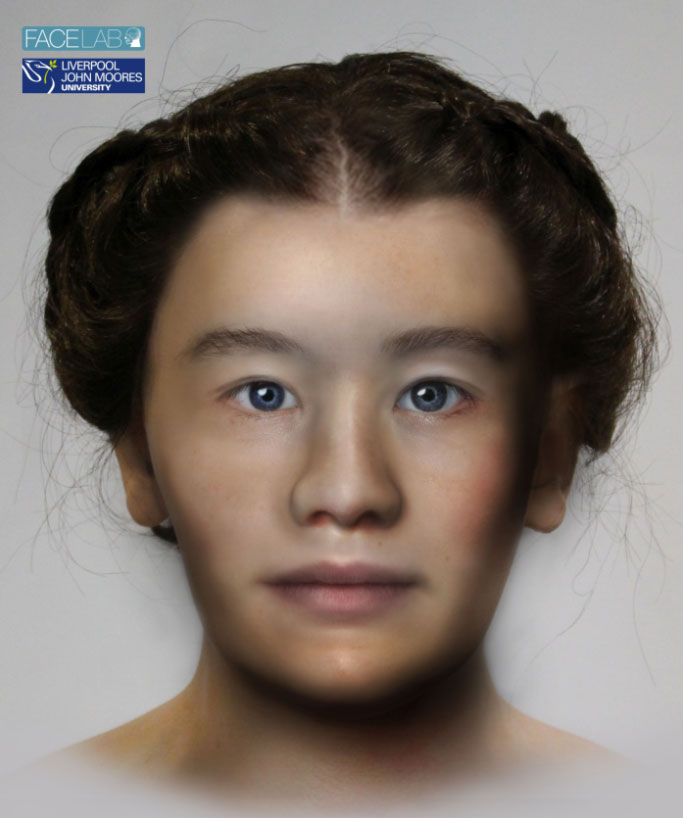
TRONDHEIM, NORWAY—According to a statement released by the Norwegian University of Science and Technology (NTNU), historical archaeologist Axel Christophersen of the NTNU University Museum, evolutionary biologist Tom Gilbert of the University of Copenhagen and the NTNU University Museum, and an international team of researchers are examining medieval skeletons unearthed in Trondheim. Although it had been previously thought that the pathogen Salmonella enterica was not present in Europe during the medieval period, the scientists detected the presence of the bacteria in the dental plaque of a woman who was buried in Trondheim some 800 years ago. The team members were also able to create a digital likeness of the woman with information gleaned from her skull. Chemical analysis of another skeleton in the study suggests the person had come to Trondheim from Iceland. The researchers speculate he was high-status because he resembles Iceland’s modern population, and so likely had many surviving offspring. He may have left conflict on the island in the 1100s to negotiate with Norway’s kings, Gilbert added. To read about a skeleton found at the bottom of a Trondheim well that seems to confirm an ancient Norse tale, go to "A True Viking Saga."


